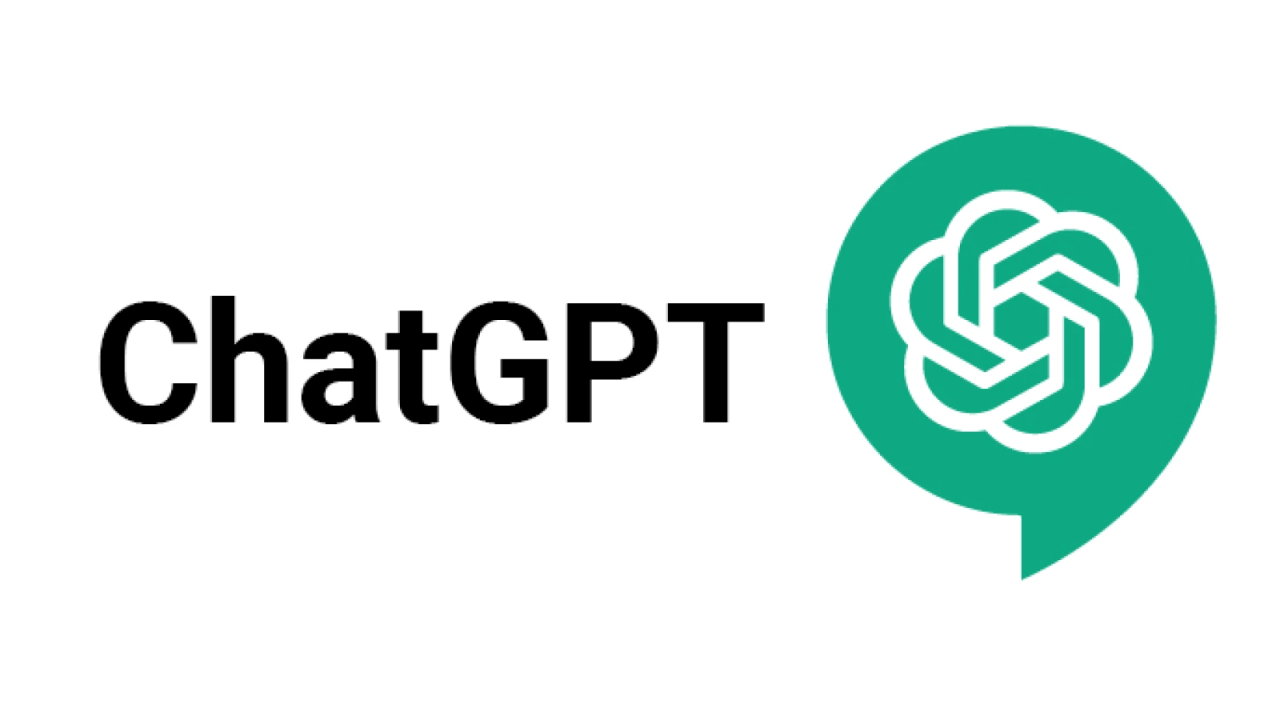In his thought-provoking blog post ‘Politeness in 2025: Why are we so kind to AI?’, Dr Jovan Kurbalija explores why nearly 80% of users in the UK and the USA instinctively say ‘please’ and ‘thank you’ to AI platforms like ChatGPT.
While machines lack feelings, our politeness reveals more about human psychology and cultural habits than the technology itself. For many, courtesy is a deeply ingrained reflex shaped by personality traits such as agreeableness and lifelong social conditioning, extending kindness even to non-sentient entities.
However, not everyone shares this approach. Some users are driven by subtle fears of future AI dominance, using politeness as a safeguard, while others prioritise efficiency, viewing AI purely as a tool undeserving of social niceties.
A rational minority dismisses politeness altogether, recognising AI as nothing more than code. Dr Kurbalija highlights that these varied responses reflect how we perceive and interact with technology, influenced by both evolutionary instincts and modern cognitive biases.
Beyond individual behaviour, Kurbalija points to a deeper issue: our tendency to humanise AI and expect it to behave like us, unlike traditional machines. This blurring of lines between tool and teammate raises important questions about how our perceptions shape AI’s role in society.
Ultimately, he suggests that politeness toward AI isn’t about the machine—it reflects the kind of humans we aspire to be, preserving empathy and grace in an increasingly digital world.
Would you like to learn more about AI, tech and digital diplomacy? If so, ask our Diplo chatbot!










